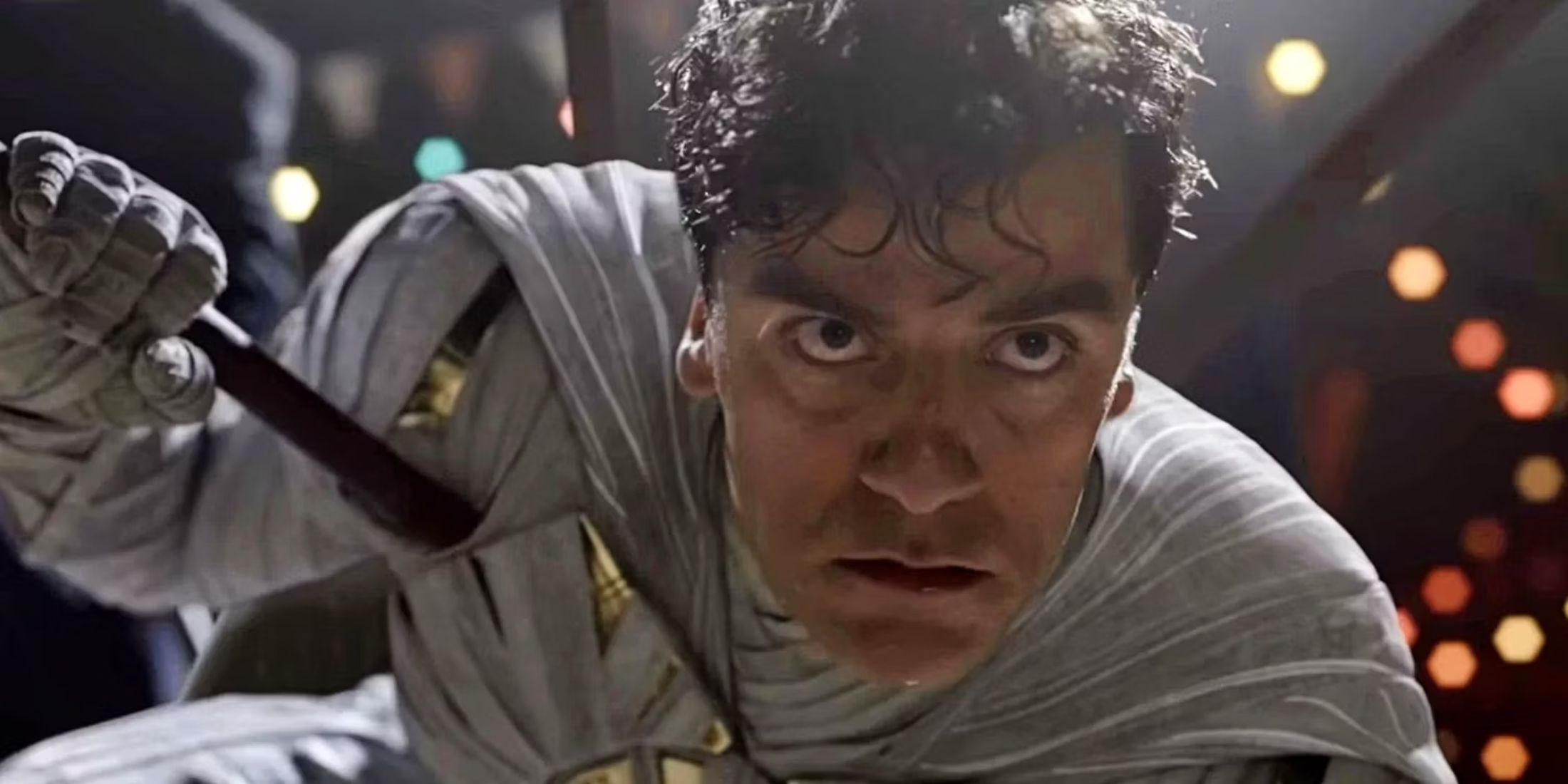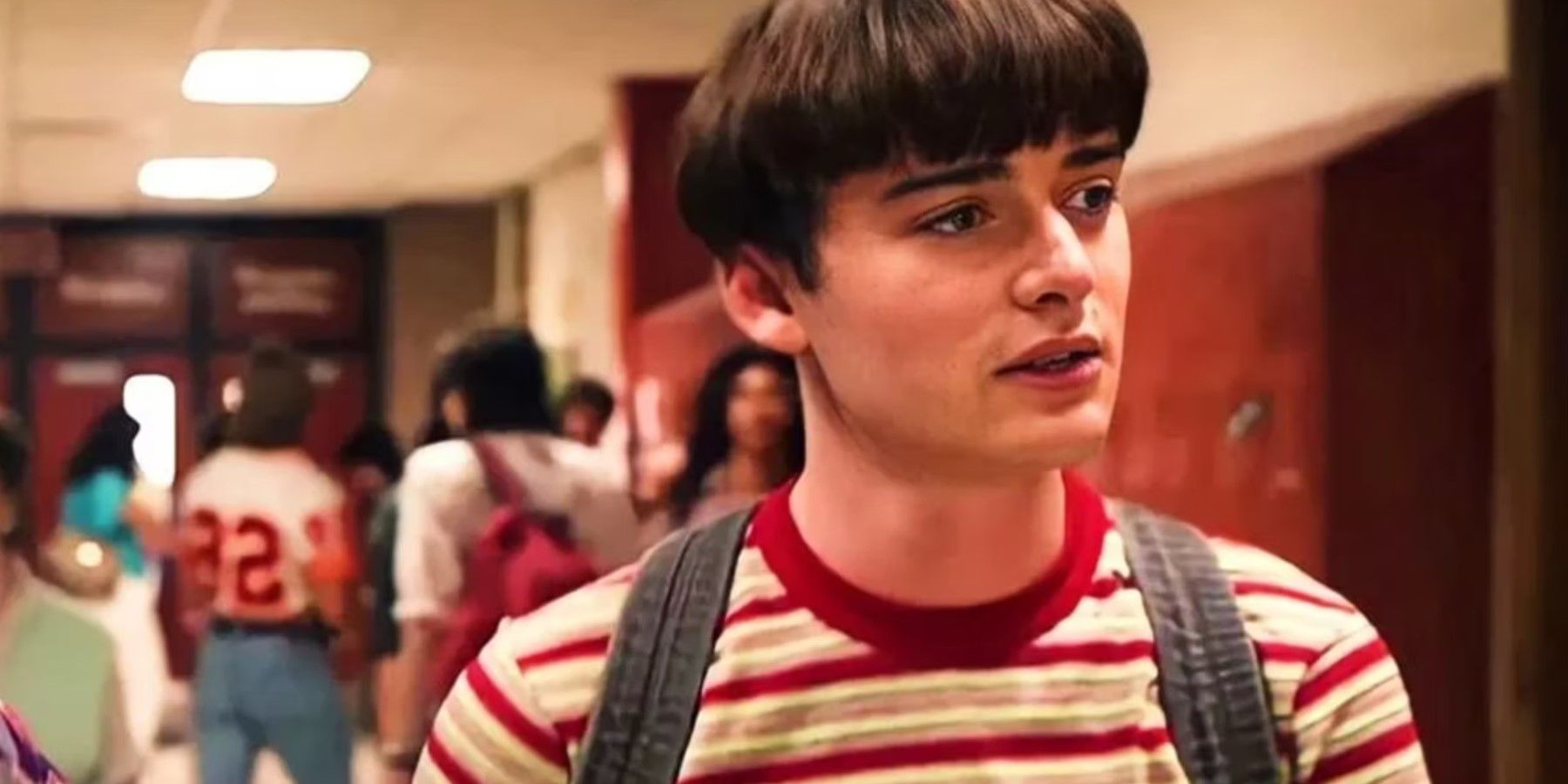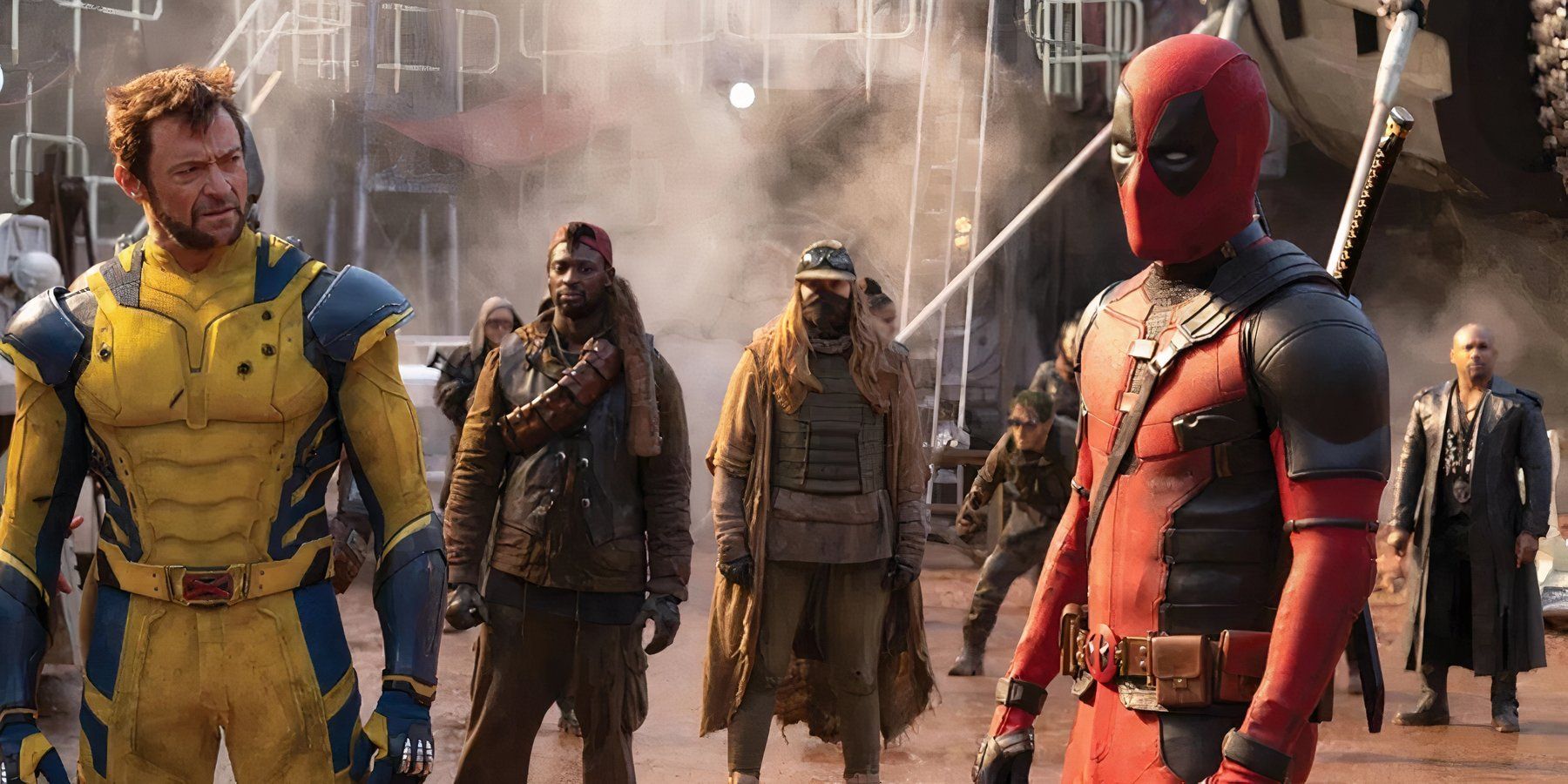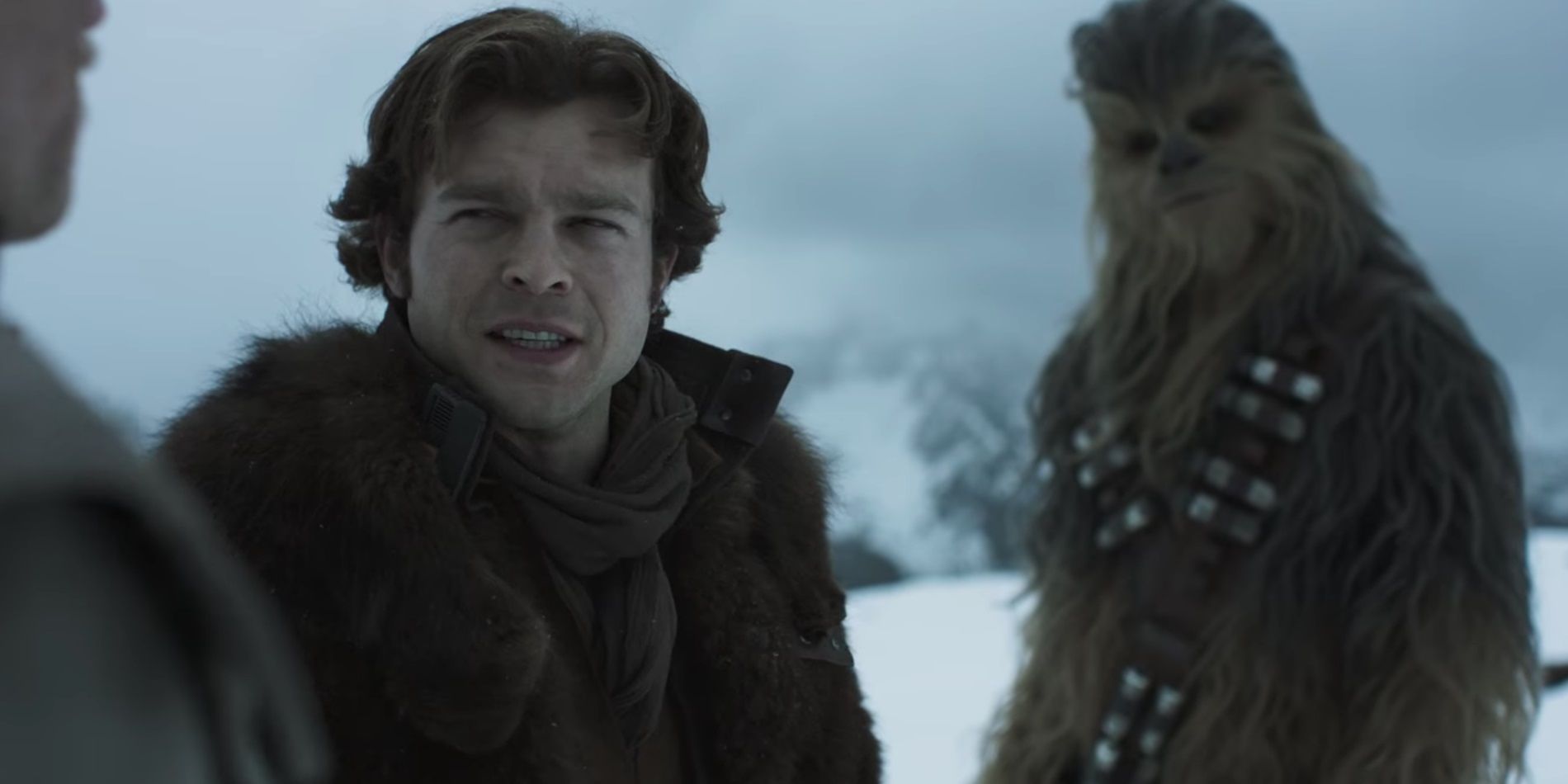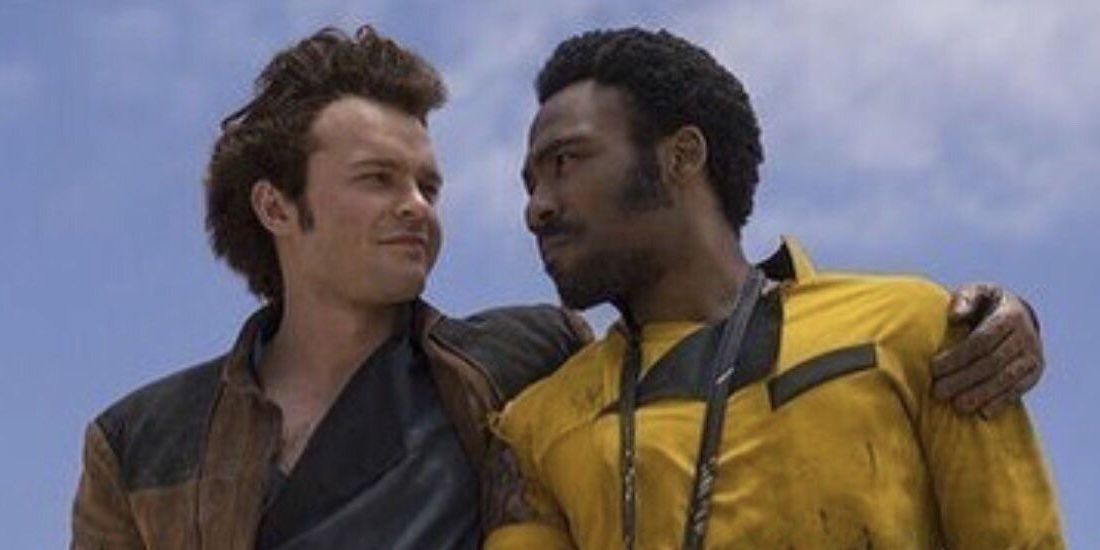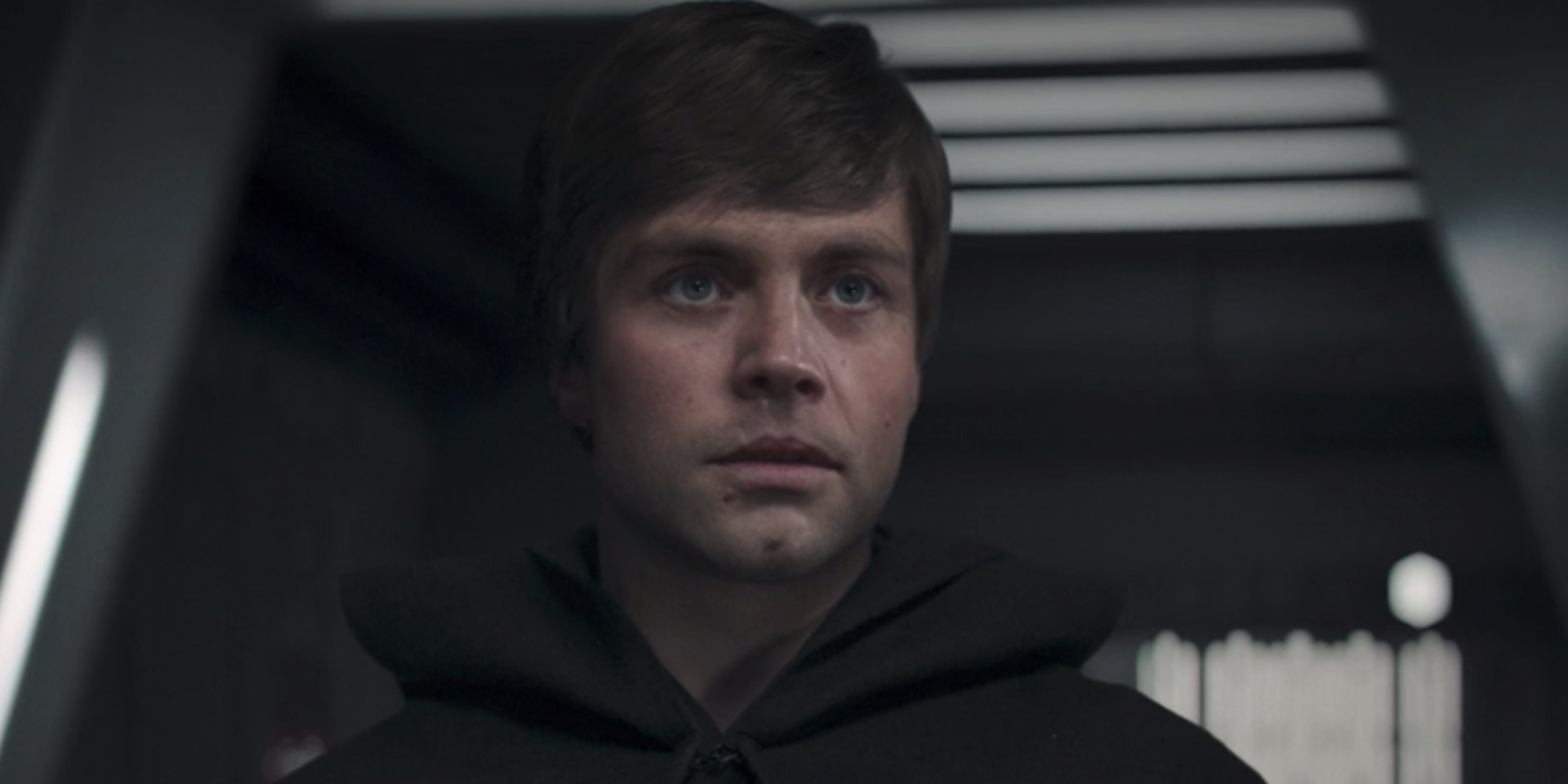As big-budget cinema moves more and more toward a handful of profitable IPs, and those IPs become older with each passing year, the franchises will run into a recurring issue. What does a blockbuster franchise do when the star behind a beloved character is unwilling or unable to reprise their role?
There is a very real chance that Disney will still be trying to make stories about characters George Lucas came up with in the 70s beyond the lifespan of everyone involved in their creation. When the time comes that the members of the original cast age out of their roles, refuse to return, or tragically pass away, simply letting that marketable name go with them is not an option that Disney is willing to consider.
Solo: A Star Wars Story is probably the highest-profile failure to be released with the Star Wars name attached. While it still made a comically massive amount of money, it was also one of the most expensive films ever made. It was considered a box office bomb, which is unfortunate, considering that it is a pretty good film overall. It came off the heels of the intensely controversial The Last Jedi and told a story that most people had no particular interest in. Making matters worse, the only other film in the Star Wars Stories line was Rogue One, which had its moments but wasted most of its time on shameless pandering to fans.
Most likely, fans came off of that film viewing the Star Wars Stories brand as dull and self-congratulatory, making Solo a tough pitch. Very few people were crying out for a Han Solo origin story to begin with, and that was reflected in the lackluster returns. Perhaps worst of all, the film's disastrous production was extremely public knowledge. Solo had tons of things going against it, but the casting wasn't one of them.
Solo recast the iconic smuggler once portrayed by Harrison Ford with Hail, Caesar! star Alden Ehrenreich, and he's good in the role. Among the myriad fair criticisms of the film, very few complained about the performers who took over the beloved roles. In particular, Donald Glover's role as Lando Calrissian was the most universally beloved aspect of the film. Each is believably the younger version of the character fans know and love, and each offers solid performance in their own right. Yet despite the near-universal praise of the new performers and the complete lack of public outcry for recasting them, Disney seems convinced that it was the downfall of Solo. As a result, Disney has since turned to another option when they have to dredge up old characters.
Both The Mandalorian and The Book of Boba Fett featured cameos by Luke Skywalker. Mark Hamill returned to the role for The Last Jedi in the character's canon death and moving sendoff, marking his final moment with Luke. Unfortunately, Disney will never allow Luke to rest; he's far too profitable to stay out of the ads. So, when the studio decided Luke needed to make an appearance in a series that had thus far been free of the overexposed Skywalker family, they had a choice to make: Either recast Mark Hamill, or use technology to digitally recreate a real, living human man in a younger form. They chose the latter.
Luke appears in both Disney+ series, courtesy of a digitally de-aged CGI version of Hamill and an application called Respeecher which mimics his voice. On top of being distasteful on the level of a science fiction horror film, this technique looks nightmarish. Any exciting cheers at Luke's return were hushed by frightened screams at the CGI monstrosity Disney had made of him. This wasn't Disney's first offense, either Before Solo, Rogue One also tried the digital recreation method to bring a few characters back to the screen. Grand Moff Tarkin and the young Princess Leia are terrible video game cutscenes shoved alongside real actors in the film.
Disney saw that Rogue One made money and that Solo did not. It seems that they looked at those results and decided that using state-of-the-art technology to perform digital necromancy on real humans would be the profitable alternative to casting young actors. This should be an obvious statement, but almost everyone hates this technique. Much of the discussion surrounding Rogue One said nothing about the movie itself, and everything about the uncanny valley that Carrie Fisher and the resurrected Peter Cushing fell into.
The lesson of Solo is that some stories within the Star Wars universe simply aren't as interesting or desirable as others. Fans don't need to see every moment of every character's life, and new stories about new faces are almost always preferable. The lesson was not to ruin old faces by disrespecting the living memory of many beloved stars, yet the producers seemed to learn the opposite lesson. Disney will undoubtedly continue the ghoulish ritual of puppeteering performances that real artists poured time and effort into, regardless of what the people want. Digital necromancy is the ultimate example of Disney's abuse of the stories people love. Even when the human souls behind the art are dead and gone, the studio will continue capitalizing on their hard work, talent, and passion for the roles. It brings a fun new definition to the word soulless.

